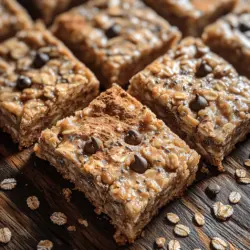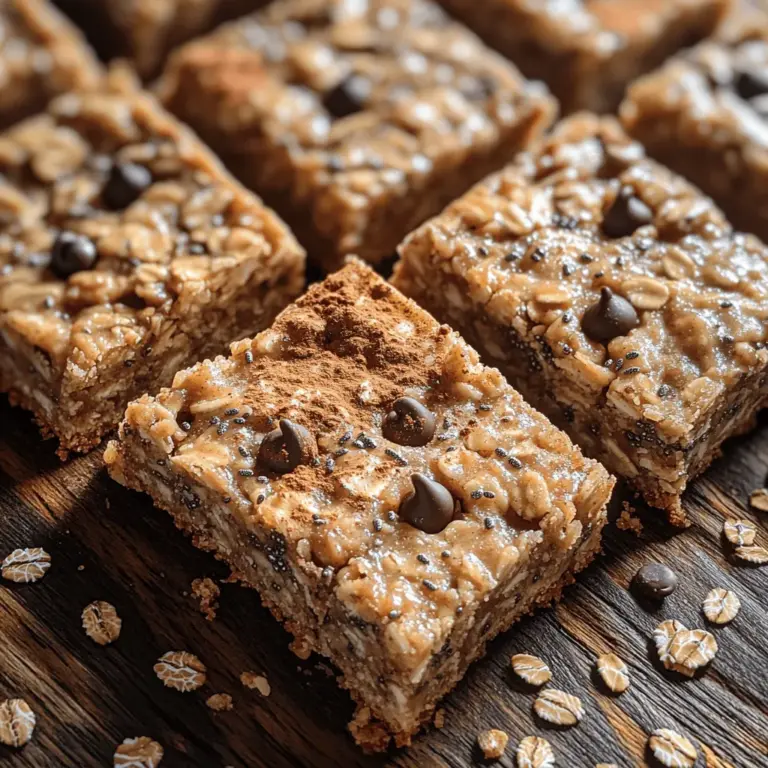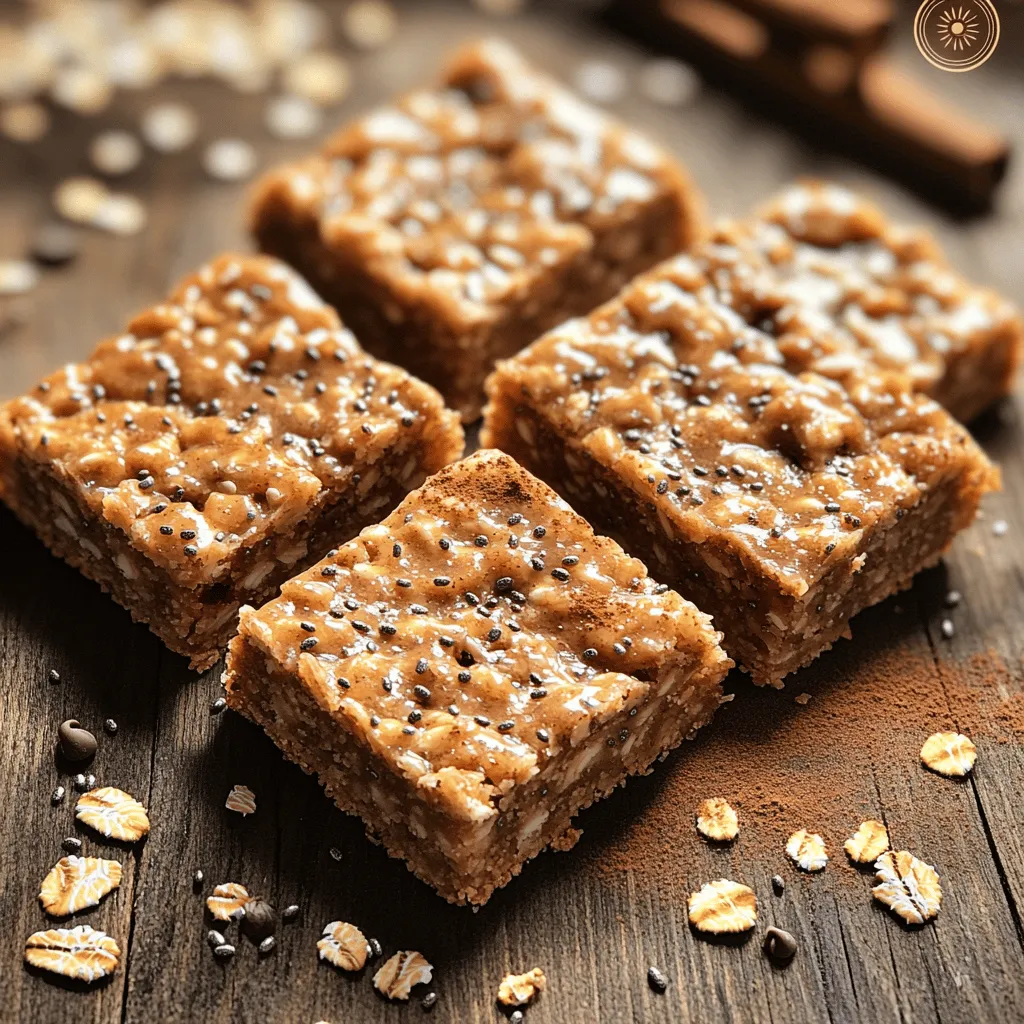Introduction
Barbecue is more than just a cooking method; it is a cultural phenomenon that brings people together and celebrates the joys of flavor and tradition. Across the United States, barbecue styles vary widely, each region boasting its own unique techniques, sauces, and traditions. Among the numerous delights of barbecue cuisine, smoky barbecue ribs hold a special place in the hearts of enthusiasts. The tender, juicy meat combined with a smoky flavor and a hint of sweetness makes ribs a must-have at any barbecue gathering.
Mastering the art of cooking barbecue ribs at home not only allows you to enjoy this delicacy whenever you wish, but it also provides a sense of accomplishment that comes from crafting a meal that is both impressive and delicious. Whether you are preparing for a family gathering or a casual weekend cookout, knowing how to properly cook ribs can elevate your culinary skills and impress your guests.
In this guide, we will delve into the world of barbecue ribs, exploring various types, how to choose the right cuts, the essential tools you need, and the preparation techniques that will set you on the path to barbecue mastery.
Understanding the Basics of Barbecue Ribs
Before you embark on your barbecue rib journey, it is essential to understand the different types of ribs available and their unique characteristics. Each type of rib offers a different flavor profile and texture, making your choice an important factor in your barbecue experience.
Baby Back Ribs
Baby back ribs, often referred to as loin ribs, are cut from the top of the rib cage, near the spine. They are shorter than spare ribs and are generally more tender and leaner, making them a popular choice among barbecue lovers. Typically, a rack of baby back ribs contains 10 to 13 ribs, and they are known for their curvature, which gives them their distinctive shape. The meat is flavorful and cooks relatively quickly, making them an excellent option for those looking to serve barbecue ribs without an all-day commitment.
Spare Ribs
Spare ribs are cut from the belly side of the pig, extending from the sternum to the last rib. They are larger and meatier than baby back ribs, offering a richer flavor due to the higher fat content. Spare ribs typically have a flatter shape and require longer cooking times to achieve tenderness. For those who enjoy the taste of well-marinated, smoky ribs, spare ribs can provide a satisfying option that is full of flavor.
St. Louis-Style Ribs
St. Louis-style ribs are a specific cut of spare ribs that have had the rib tips removed, resulting in a more uniform shape. This cut is popular among barbecue enthusiasts as it allows for even cooking and easier handling on the grill. St. Louis-style ribs are known for their meaty texture and rich flavor, making them a favorite for those who appreciate a hearty barbecue experience.
Key Differences and Flavor Profiles
Each type of rib brings its unique qualities to the table. Baby back ribs are ideal for those who prefer a leaner cut with a tender bite, while spare ribs offer a more robust flavor, thanks to their higher fat content. St. Louis-style ribs provide the best of both worlds, combining the meaty goodness of spare ribs with the uniformity that makes cooking easier. When choosing your ribs, consider your personal preferences and the type of barbecue experience you wish to create.
Choosing the Right Ribs for Barbecue
Selecting the right ribs is crucial for achieving the best results in your barbecue endeavors. When shopping for ribs, there are several factors to consider to ensure you are getting the highest quality meat.
Factors to Consider When Selecting Ribs
1. Quality of Meat: Look for ribs that have a good amount of meat on the bone, with a healthy layer of fat. The fat helps keep the meat moist during cooking and adds flavor.
2. Color and Freshness: Fresh ribs should have a pink to red color with some marbling. Avoid ribs that appear gray or have an unusual odor, as these may indicate they are past their prime.
3. Source: Whenever possible, source your meat from a reputable butcher or farmer. This can often ensure that you are getting high-quality ribs that were raised humanely.
Recommended Cuts for the Best Results
For those new to barbecue or looking to perfect their technique, baby back ribs are often the best choice due to their tenderness and faster cooking times. However, if you’re aiming for a more flavorful experience, spare ribs or St. Louis-style ribs could provide a richer taste that is well worth the wait.
Essential Tools and Equipment for Barbecue Ribs
Before you fire up the grill, it’s important to have the right tools and equipment on hand. The equipment you choose can significantly impact the outcome of your barbecue ribs.
Overview of Necessary Grilling Equipment
1. Grill Type: Whether you choose a charcoal grill or a gas grill, both have their advantages. Charcoal grills are known for imparting a smoky flavor, while gas grills provide convenience and quick heat control. Electric smokers are also an excellent option for those who prefer a hands-off approach, allowing for low and slow cooking with the push of a button.
2. Recommended Accessories:
– Meat Thermometer: A reliable meat thermometer is essential to ensure your ribs are cooked to perfection. Aim for an internal temperature of around 190°F to 203°F for tender ribs.
– Rib Rack: A rib rack can help maximize space on your grill and allow for even cooking of multiple racks of ribs at once.
– Basting Brush: A basting brush is useful for applying marinades or sauces evenly across the ribs during cooking.
Preparing Ribs for Cooking
Once you have selected your ribs and gathered your tools, it’s time to prepare them for cooking. Proper preparation is key to ensuring your ribs turn out tender and flavorful.
Detailed Explanation of Trimming and Cleaning Ribs
Start by trimming any excess fat from the ribs. While a bit of fat can enhance flavor, too much can lead to overly greasy ribs. Use a sharp knife to carefully remove any large fat deposits, being cautious not to remove too much meat in the process.
Removing the Membrane for Tenderness
One crucial step that many home cooks overlook is removing the membrane from the back of the ribs. This thin layer can prevent seasonings from penetrating the meat and can result in a tougher texture. Use a butter knife to gently lift one edge of the membrane and then grasp it with a paper towel for a better grip. Pull it away from the ribs, taking care to remove it entirely.
Marinating vs. Dry Rub: Pros and Cons
Next, you will need to decide whether to marinate your ribs or use a dry rub.
– Marinating: Marinating ribs can infuse them with flavor and help tenderize the meat. When marinating, aim for a balance of acidity, sweetness, and seasoning. Common marinating liquids include apple cider vinegar, soy sauce, or citrus juices.
– Dry Rub: A dry rub consists of a blend of spices and seasonings that are massaged directly into the meat. The advantage of a dry rub is that it forms a flavorful crust during cooking, enhancing the overall taste. A simple dry rub can include ingredients like brown sugar, paprika, garlic powder, onion powder, salt, and black pepper.
How to Create a Flavorful Dry Rub
Crafting your own dry rub allows you to customize the flavors to your liking. Here’s a simple recipe to get you started:
– 1/4 cup brown sugar
– 2 tablespoons smoked paprika
– 1 tablespoon garlic powder
– 1 tablespoon onion powder
– 1 tablespoon kosher salt
– 1 teaspoon black pepper
– 1 teaspoon cayenne pepper (optional for heat)
Mix all the ingredients in a bowl and apply liberally to the ribs, ensuring every inch is covered. Let the ribs sit for at least 30 minutes to allow the flavors to penetrate, or refrigerate them overnight for an even deeper flavor.
Suggested Marinating Liquids and Their Flavor Profiles
If you decide to marinate your ribs, here are a few popular options and their flavor profiles:
– Apple Cider Vinegar: Adds a tangy sweetness that pairs well with pork.
– Soy Sauce: Provides a savory umami flavor that enhances the natural taste of the meat.
– Citrus Juices (Lemon or Lime): Brighten up the flavors and tenderize the meat with their acidity.
By selecting the right preparation method, you can set the stage for unforgettable barbecue ribs that will have everyone coming back for seconds. With the right ribs, proper tools, and a thoughtful approach to preparation, you will be well on your way to mastering the art of smoky barbecue ribs.
The Smoking Process for Perfect Ribs
When it comes to achieving the perfect barbecue ribs, the smoking process is paramount. Low and slow cooking is the key to ensuring that the ribs become tender, juicy, and filled with rich flavors. By taking your time and allowing the meat to absorb the smoke, you can elevate your barbecue game to a whole new level.
Importance of Low and Slow Cooking
The concept of low and slow cooking revolves around maintaining a low temperature for an extended period. This method helps break down the collagen in the meat, transforming tough cuts into tender, flavorful bites. Smoking ribs at temperatures between 225°F to 250°F allows the meat to cook evenly while absorbing the smoke flavor. The gradual cooking process also ensures that the fat renders properly, keeping the ribs juicy and enhancing their overall taste.
Choosing the Right Wood for Smoking
The type of wood you choose for smoking can dramatically affect the flavor profile of your ribs. Each type of wood brings its unique characteristics to the table, so selecting the right one can enhance your barbecue experience.
Popular Wood Types: Hickory, Apple, Cherry
1. Hickory: This is one of the most popular woods for smoking meats. Hickory offers a strong, smoky flavor that pairs exceptionally well with pork. It’s perfect for those who enjoy a more pronounced smoky taste.
2. Apple: If you’re looking for a milder, slightly sweet flavor, apple wood is an excellent choice. It adds a subtle sweetness to the meat, making it perfect for those who prefer a lighter smoke flavor.
3. Cherry: Cherry wood provides a sweet and fruity flavor, which can add a unique twist to your ribs. It also gives the meat a beautiful reddish color, enhancing the visual appeal of your dish.
Step-by-Step Smoking Process
Now that you understand the importance of low and slow cooking and have chosen your wood, it’s time to dive into the smoking process.
Preparing the Smoker
1. Clean the Smoker: Start by ensuring your smoker is clean and free from any leftover ashes or residues. A clean smoker helps maintain the purity of the smoke and prevents unwanted flavors.
2. Soak Your Wood Chips: If you’re using wood chips, soak them in water for about 30 minutes before adding them to the smoker. This helps them smolder and produce smoke rather than burn up quickly.
3. Preheat the Smoker: Light your smoker and bring it to your desired smoking temperature of 225°F to 250°F. Use a thermometer to monitor the internal temperature accurately.
Ideal Temperature and Cooking Time
Once your smoker is preheated, it’s time to add the ribs. Place the ribs bone-side down on the cooking grate. Close the lid and let the magic happen. The ideal cooking time for ribs is typically around 4 to 6 hours, depending on the thickness of the meat and the specific temperature you maintain.
Every hour, check the smoker’s temperature and make sure to add more wood chips as needed to keep the smoke flowing. The goal is to maintain a consistent temperature throughout the smoking process.
Basting and Glazing Ribs
As the ribs cook, basting them periodically can greatly enhance their flavor and moisture content. Basting involves applying a liquid to the surface of the ribs while they cook, providing an extra layer of flavor.
The Role of Basting in Enhancing Flavor
Basting helps to keep the ribs moist and flavorful. It creates a glaze that not only adds taste but also helps develop a beautiful, shiny finish. You can use a variety of liquids for basting, including barbecue sauce, apple juice, or a mixture of vinegar and water.
Different Types of Barbecue Sauces
There are numerous barbecue sauce variations to choose from, so you can tailor the flavor to your liking. Here are a few popular types:
1. Traditional Tomato-Based Sauce: A classic choice, often with a sweet and tangy profile.
2. Vinegar-Based Sauce: Common in the Carolinas; it’s tangy, thin, and perfect for cutting through the richness of the meat.
3. Mustard-Based Sauce: Popular in South Carolina, this sauce has a unique tangy flavor that complements pork well.
Techniques for Applying Sauce Without Burning
When applying sauce, timing is crucial. Start basting the ribs during the last hour of cooking to avoid burning the sugars in the sauce. Use a brush or a spray bottle to apply a thin layer of sauce every 30 minutes. This method keeps the ribs moist and prevents the sauce from becoming overly caramelized.
Finishing Touches: Achieving the Perfect Bark
The bark is the crust that forms on the outside of the ribs during the smoking process. It is a combination of the meat’s natural juices, spices, and smoke that creates a flavorful layer.
What is Bark and Why It Matters
Bark is not just about aesthetics; it adds depth to the overall flavor of the ribs. A well-formed bark has a crunchy texture and an intense flavor that perfectly complements the tender meat inside.
Tips for Creating a Beautiful Crust on Ribs
1. Use a Dry Rub: A quality dry rub applied before smoking will help form a great bark. The sugar in the rub caramelizes and creates a crust.
2. Avoid Wrapping Too Early: Some pitmasters wrap their ribs in foil to retain moisture, but wrapping too early can prevent the bark from forming. Wait until the ribs have developed a nice color before wrapping.
3. Monitor the Temperature: If you notice the bark isn’t forming, you can increase the smoker temperature slightly towards the end of the cooking process to help it set.
How to Tell When Ribs Are Done
Determining doneness can be tricky. A good indicator is the “bone pull-back” method; when the meat has shrunk away from the bones, it’s a sign that the ribs are cooked. Another method is the bend test: pick the ribs up with tongs; if they bend and start to crack, they are done.
Serving Suggestions for Barbecue Ribs
Once your ribs are cooked to perfection, it’s time to serve them up! Here are some ideal side dishes and presentation ideas to enhance your barbecue experience.
Ideal Side Dishes That Complement Ribs
1. Coleslaw: The crunch and creaminess of coleslaw provide a refreshing contrast to the rich, smoky flavors of ribs.
2. Cornbread: A traditional Southern side, cornbread adds a comforting touch to your barbecue spread.
3. Baked Beans: Sweet and savory baked beans are a classic pairing, offering a hearty complement to the meal.
Creative Presentation Ideas
When serving barbecue ribs, presentation is key. Consider these plating techniques for gatherings:
– Serving on a Wooden Board: Arrange the ribs on a large wooden cutting board for a rustic look. Add small bowls of your favorite sauces for dipping.
– Garnish with Fresh Herbs: Sprinkling fresh parsley or cilantro on top can add a pop of color and freshness.
– Use Unique Plates: Colorful or patterned plates can make your dish stand out and enhance the overall dining experience.
Storing and Reheating Leftover Ribs
If you find yourself with leftover ribs, proper storage and reheating are essential to maintain their flavor and texture.
Best Practices for Storing Barbecue Ribs
Allow the ribs to cool to room temperature before storing them. Place them in an airtight container or wrap them tightly in aluminum foil to prevent moisture loss. Properly stored ribs can last in the refrigerator for up to three days.
How to Properly Reheat Without Compromising Flavor
To reheat ribs without sacrificing their juiciness, use the oven:
1. Preheat your oven to 250°F.
2. Place the ribs on a baking sheet and cover them with aluminum foil to retain moisture.
3. Heat for about 20-30 minutes, or until warmed through. Optionally, baste with a little barbecue sauce before reheating for added flavor.
Creative Ways to Use Leftover Ribs in Other Dishes
Leftover ribs can be transformed into delicious meals. Try shredding the meat and using it in tacos, adding it to a hearty chili, or mixing it into a barbecue pasta dish for a new twist.
Conclusion
Making barbecue ribs at home is not just about the food; it’s about the experience of cooking, sharing, and enjoying a meal with loved ones. The joy of experimenting with different flavors and smoking techniques can lead to the discovery of your unique barbecue style.
So gather your friends and family, fire up the smoker, and embark on a delicious journey of smoky goodness. Whether you’re using hickory for bold flavor or apple for a touch of sweetness, the end result is sure to impress. Enjoy the process, savor the flavors, and celebrate the art of barbecue cooking.


